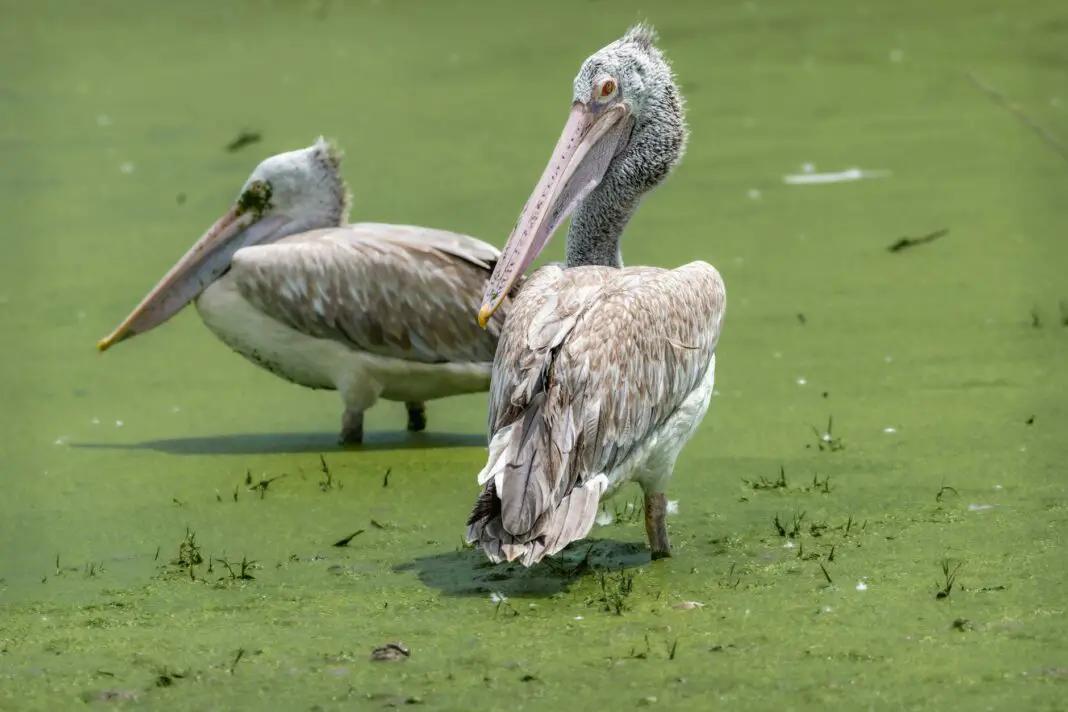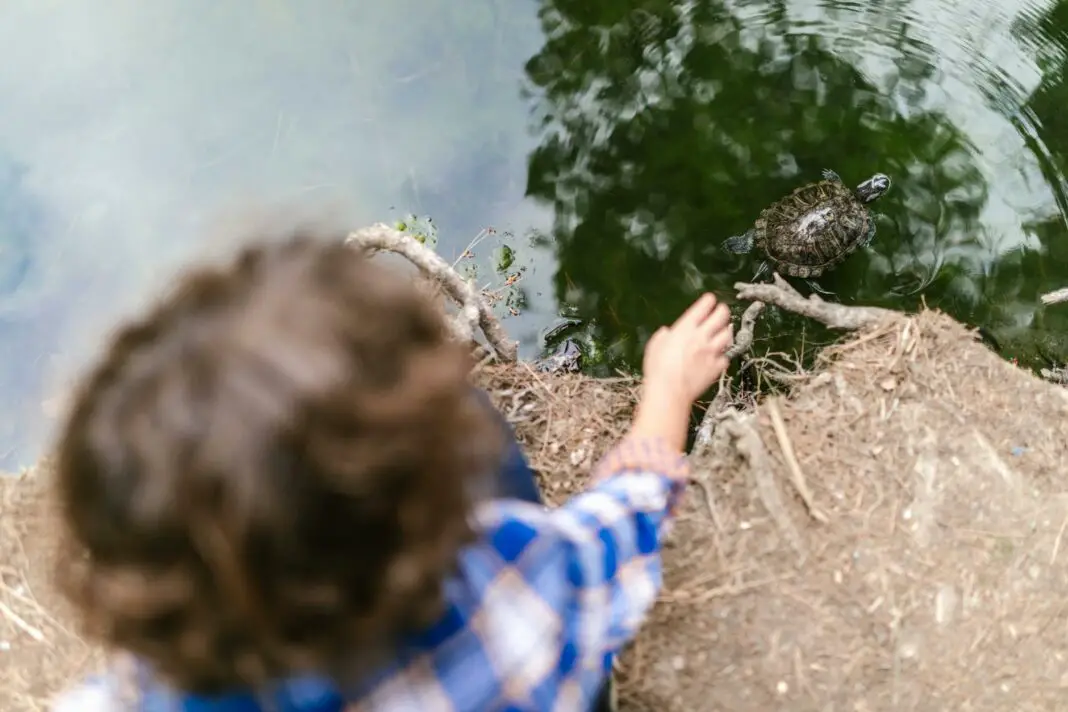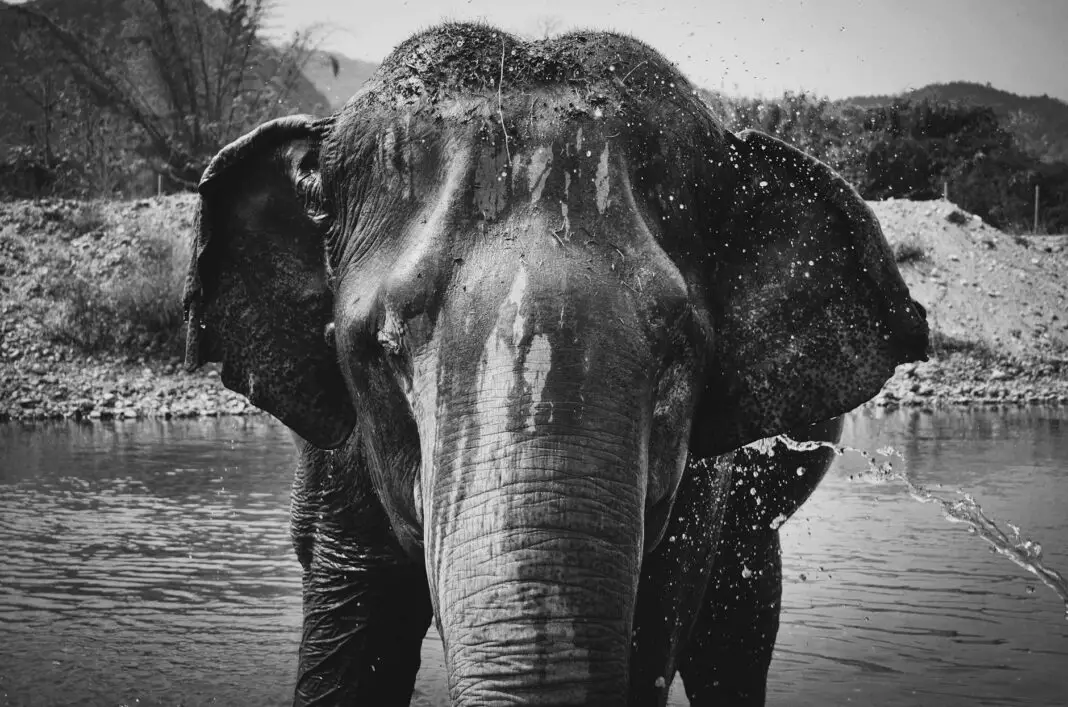Embarking on a trip to Thailand provides an unparalleled journey into the heart of a vibrant culture, breathtaking landscapes, and rich biodiversity. More than just a vacation destination, Thailand offers a unique lens through which to explore wildlife conservation, making it an adventure that not only enriches the traveler but also contributes to a vital cause. In this blog post, we will delve into the importance of wildlife conservation in Thailand and discuss whether the travel adventure is genuinely worth it. With insights into various conservation efforts and personal experiences from fellow travelers, you’ll see how your visit can play a significant role in supporting these endeavors.
Prepare to uncover the hidden gems of Thailand’s natural beauty, where every national park and wildlife sanctuary tells a story of preservation and hope. This isn’t just about luxury hotels and stunning beaches; it’s about connecting with the environment and the creatures that call it home. As we navigate through the intricate world of wildlife conservation, we aim to ignite your passion for travel that makes a difference while answering the pressing question: Is Thailand’s wildlife conservation worth the travel adventure? Join us on this enlightening journey.
Table of Contents
- The Essence of Thailand’s Wildlife
- Conservation Efforts in Thailand
- Personal Experiences and Stories
- Exploring Wildlife Spotting Opportunities
- Practical Tips for Responsible Travel
- The Impact of Your Visit
- Bridging the Gap Between Travel and Conservation
- Frequently Asked Questions
- Final Thoughts on Choosing Thailand for Conservation
The Essence of Thailand’s Wildlife
Thailand stands out as a world-renowned travel destination, famed for its tangible cultural richness and stunning natural environments. The country’s ecosystem is diverse, hosting a plethora of species, some of which are globally endangered. From the majestic elephants roaming the jungles of Chiang Mai to the elusive leopards concealed within the depths of Khao Yai National Park, each experience is characterized by awe and wonder. The interplay of diverse habitats, including lush forests, coastal regions, and mountainous terrains, creates a haven for wildlife enthusiasts keen on exploration.
What makes this adventure all the more compelling is the deep connection between the locals and their surroundings. People in Thailand have lived harmoniously with nature for centuries, and their respect for wildlife manifests in various cultural practices. Exploring these interactions offers travelers not just the thrill of witnessing incredible fauna but also a chance to understand and appreciate the philosophies surrounding conservation efforts in the region. As you venture into these captivating landscapes, you become part of a living narrative that supports wildlife preservation, making your travel experience intrinsically rewarding.
Conservation Efforts in Thailand
Thailand has emerged as a beacon of hope in wildlife conservation, showcasing numerous initiatives aimed at protecting its natural heritage. Organizations, both government and non-profit, actively work towards safeguarding habitats through numerous projects focusing on biodiversity preservation and sustainable tourism practices. The dedication of these conservationists highlights a collective human effort towards ensuring that both locals and travelers can experience Thailand’s splendid wildlife in its natural habitat.
As you wander through conservation reserves and national parks, you’ll notice the careful implementation of eco-friendly practices. Programs such as the Save Elephant Foundation offer ethical alternatives to traditional elephant tourism, promoting a sanctuary environment where elephants can thrive naturally. Similarly, the Thai National Park system emphasizes the importance of regulating tourism to minimize ecological footprints, thus ensuring that visitors enjoy the splendor of wildlife without jeopardizing their existence. By supporting these operations through your travel choices, you can be part of a larger movement that champions wildlife protection for generations to come.
Personal Experiences and Stories
Real-life encounters often paint the clearest picture of what wildlife conservation entails. Many travelers share transformative stories upon returning from adventures in Thailand. For instance, one enthusiastic traveler recounts her visit to Khao Sok National Park, where she engaged in a guided tour that focused on the area’s unique ecosystem. Watching wild gibbons swing from branch to branch while learning about their behavior truly ignited a passion for conservation within her. Stories like these serve to inspire potential travelers, showing how wildlife encounters can lead to meaningful connections and new understandings of our place in the natural world.
Moreover, social media has become a powerful tool for sharing these experiences, amplifying the importance of conservation. Travelers post their stories online, showcasing photos of breathtaking scenery alongside informative captions about their experiences with wildlife. These narratives not only serve to entertain but also raise awareness around crucial conservation issues. This community of passionate travelers can cultivate a supportive network, encouraging others to embark on similar adventures while focusing on responsible practices. Through these shared experiences, you can truly appreciate how visiting Thailand goes beyond mere sightseeing; it becomes a vital part of advocating for wildlife conservation.
Exploring Wildlife Spotting Opportunities
For wildlife enthusiasts, Thailand offers countless opportunities for spotting rare and extraordinary creatures amidst stunning landscapes. The country boasts numerous national parks, each presenting its unique adventures and creatures to observe. Whether you are hiking through the dense jungles of Huai Kha Khaeng or cruising along the serene waterways of the Kaeng Krachan National Park, each moment promises exhilarating encounters with wildlife. Birdwatching enthusiasts can revel in spotting rare species in the pristine environments, while those seeking larger animals might catch sight of the iconic Indochinese tiger or Asian black bear.
Those interested in marine life will be equally captivated by the richness of Thailand’s underwater ecosystems. In places like the Similan Islands, divers can explore coral reefs teeming with colorful fish and majestic sea turtles, embodying the country’s marine conservation efforts. Wildlife tourism not only enriches your experience but also directly supports local conservation projects, emphasizing the necessity of sustainable exploration. Travelling adds layers to the adventure by ensuring that wildlife remains part of the travel conversation, shining a spotlight on the importance of protecting these magnificent habitats.
Practical Tips for Responsible Travel
Adopting responsible travel practices is vital in minimizing your impact while maximizing the benefits for local wildlife and ecosystems. The first step involves researching ethical tour operators, ensuring that they prioritize conservation and the well-being of animals in their care. Avoiding activities that exploit wildlife, such as elephant rides or shows, reinforces the idea that ethical tourism is rewarding for all parties involved, including the animals.
Pack appropriately by including eco-friendly products to minimize waste during your trip. Using reusable water bottles and straw alternatives helps maintain the cleanliness of Thailand’s natural surroundings. Participate in local conservation efforts, such as beach clean-ups or wildlife monitoring programs, to deepen your engagement and contribute positively to the environment. Ultimately, being a responsible traveler means generating a wave of change that enhances the experience for you while actively supporting conservation initiatives in Thailand.
The Impact of Your Visit
Each visit to Thailand serves as a powerful statement to support wildlife conservation. Your travel dollars contribute to local economies and fuel initiatives aimed at protecting endangered species and their habitats. By choosing to engage in responsible tourism, you empower communities to place an emphasis on conservation, instilling a sense of pride in local heritage and ecology. This, in turn, fosters awareness and action toward protective measures against poaching and environmental destruction.
Moreover, sharing your experiences and insights with your circle of friends or social media following can create a ripple effect, encouraging more people to become mindful travelers. The positive impact radiates through storytelling and awareness, demonstrating that every traveler has the potential to make a difference, amplifying the mission to safeguard Thailand’s incredible wildlife for future generations.
Bridging the Gap Between Travel and Conservation
Traveling to witness the splendor of flora and fauna is more than just a leisurely trip; it represents a crucial alliance between exploration and conservation. When you step foot into the natural lushness of Thailand, you are not merely a visitor but a participant in a greater movement aimed at environmental protection. Engaging in wildlife conservation while satisfying your wanderlust creates an extraordinary synergy that highlights the responsibility we all share in preserving the planet.
The challenge lies in balancing enjoyment with advocacy, making conscious choices as travelers that support sustainability and rehabilitation efforts wherever possible. Whether it’s opting for eco-friendly accommodations or visiting wildlife sanctuaries that operate on ethical principles, each small action contributes to a larger purpose. This journey toward understanding how travel can cultivate awareness and support wildlife conservation fosters a transformative experience that echoes far beyond the memories of a trip.
Frequently Asked Questions
1. What wildlife can I expect to see in Thailand?
Visitors to Thailand can encounter a wide array of wildlife, including elephants, tigers, gibbons, various bird species, and marine life such as sea turtles and corals. The diversity is particularly rich in national parks and reserves.
2. How can I support wildlife conservation while traveling?
Choose eco-friendly tour operators, participate in conservation programs, and support local businesses that prioritize sustainable practices. Avoid attractions that exploit animals, opting instead for responsible wildlife encounters.
3. What are the best times to visit Thailand for wildlife spotting?
The ideal time to visit for wildlife observation generally falls between November and February, when the weather is cooler, and many animals are more active.
Final Thoughts on Choosing Thailand for Conservation
Choosing Thailand as your next travel adventure not only promises unforgettable experiences amidst stunning landscapes and remarkable wildlife but also aligns your journey with a crucial cause. Understanding and supporting wildlife conservation demonstrates a commitment to preserving the planet’s natural heritage. By immersing yourself in this incredible journey, you contribute to a greater good, ensuring that future travelers can embark on an equally rewarding adventure filled with discovery and appreciation. Let your next trip have a lasting impact, bridging the gap between exploration and conservation in Thailand.
Image Credit: Pexels





